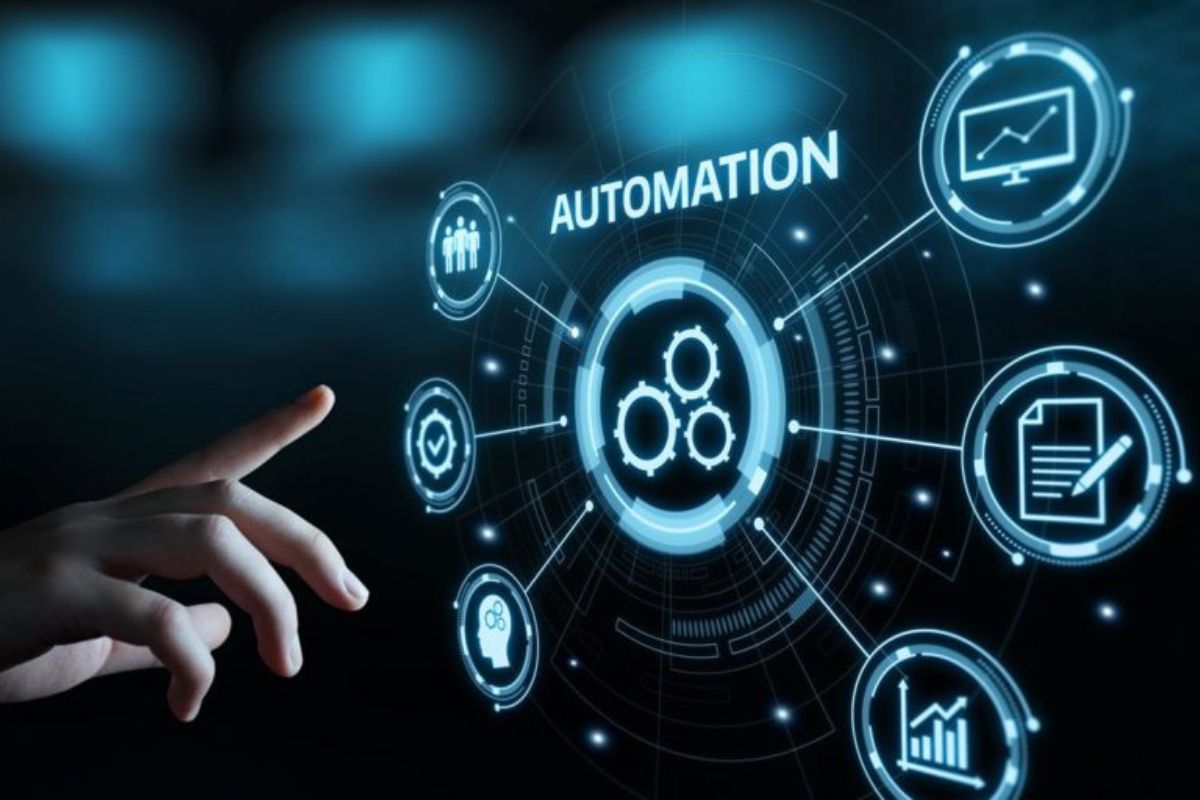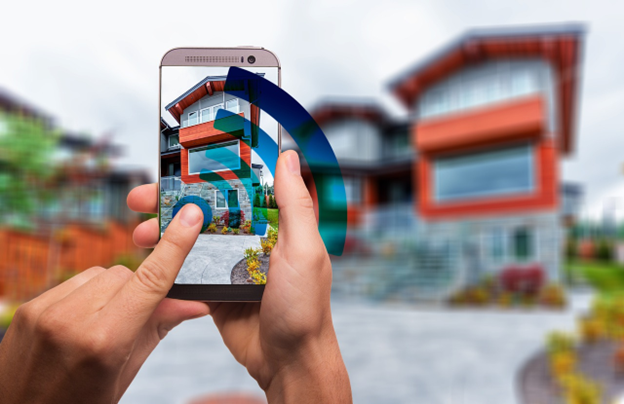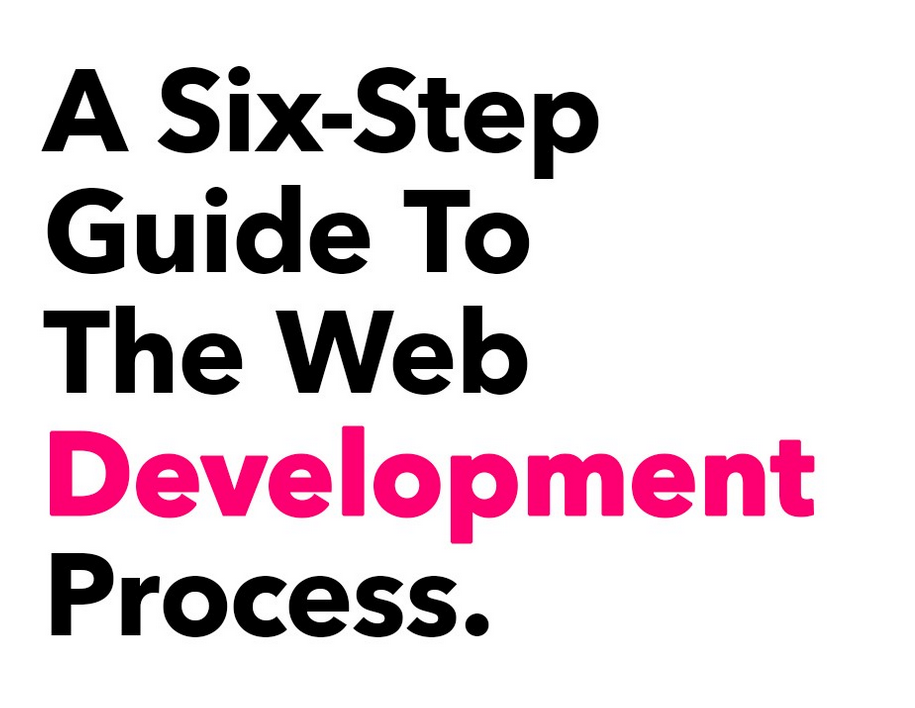Since the first automotive assembly line in 1913 and self-checkout in 1986, the world has been moving towards automation in business. This transition was chugging along reasonably until it was thrust into overdrive in the last few years due to the pandemic.
While automation has streamlined countless processes, like self-checkouts and inventory management, injecting personal touchpoints to enhance user experience (UX) is still important. They help cultivate authentic connections with customers and improve employee satisfaction — especially with our current reliance on digital technology.
This blog will discuss the significance of balancing automation and personalization in internal and external business operations. Your organization can create a balanced ecosystem where happy employees and customers experience care and attention throughout their journey with your company.
Streamlining efficiency with automation
Automation is a fundamental part of modern business operations. From marketing to customer support, it is necessary to streamline processes, reduce human error, and increase efficiency. Businesses that use automation effectively often experience significant cost savings and increased productivity.
Here are a few ways automation has helped to streamline efficiency.
Reducing workload for internal operations
There’s no doubt automation has significantly impacted internal operations. It has simplified tasks like inventory management and data analysis, reducing employee workload and minimizing potential errors.
Amazon is an excellent example of a company that fully leverages sophisticated automation. It uses automated systems to manage inventory, allocate products, and predict demand. Its early adoption of automation has allowed it to reduce human error and optimize product management.
Automation has also drastically reduced the enormous workload for many HR departments. Cloudbase software has revolutionized routine HR tasks like payroll and employee onboarding, saving HR personnel hours of labor.
Although automation has eliminated the need for some roles, the upside is automating specific repetitive tasks has opened up opportunities for employees to focus on more creative and strategic activities, boosting job satisfaction and engagement. And according to Gallup, companies with engaged employees are 23% more profitable than those with disengaged employees.
Improving the sales process and lead generation
If you’ve ever received an email after signing up for a webinar or abandoning a shopping cart, you’ve been inside a sales and lead generation automation sequence.
Automation is indispensable for managing leads —- you can reach thousands of potential customers with automated follow-up emails. With customer relationship management (CRM), tracking customer interactions and monitoring where a lead is in the buyer’s journey is easier than ever.
Automation in this context accelerates sales cycles and provides a consistent and organized approach to customer engagement.
Creating a personalized website experience
Effective website design is critical to user experience. Since most customers will have a digital experience with your company at some point, making every touchpoint count is imperative.
While automation is often associated with efficiency, you can use it to improve your website’s UX and user interface (UI). If you’ve ever landed on a poorly designed website, you know how quickly it can turn you off a brand.
People who engage with your website will quickly judge its predictability and ease of use. Algorithms that analyze user behavior, such as search queries and past purchases, can be automated to recommend products tailored to each customer’s interests.
If you like to binge-watch on Netflix, you know about the power of automation firsthand. The streaming service employs sophisticated algorithms that recommend content to users based on their viewing history. These personalized recommendations keep users engaged and contribute to a more user-friendly and enjoyable website design.
Increasing innovation in product management
Love it or hate it, Tesla’s Autopilot features use automation to improve the driving experience. They can address performance issues remotely, in real time, to create the ultimate experience for Tesla drivers.
Apple is another great example of a company using automation to increase innovation in product management. Each time they update their iOS operating system, they fix bugs and release new features that enhance the user’s experience.
Automation streamlines the development and management of products, helping businesses bring innovative solutions to the market faster.
Add personal touchpoints for a human connection
Automation is undoubtedly beneficial for streamlining processes. However, relying solely on automation can have unintended consequences.
In some situations, it lacks the human element that leads to a truly exceptional user experience. And considering 59% of consumers don’t feel like companies treat them like humans, it’s worth uncovering ways to humanize customer interactions.
Personal touchpoints focus on the human aspect of business. These interactions involve authentic communication, empathy, and the establishment of personal relationships.
Here’s how this approach can be beneficial:
It helps build trust and rapport
Forming a personal connection with potential customers is vital. It can be as simple as personalizing emails with the recipient’s first name. It’s about something other than what you say but how and when you say it.
Customers want to be heard and understood. Providing tailored content that mirrors where a person is on their customer journey will help them feel good about your company. It shows you’re paying attention and genuinely care about their experience. Send timely emails and show empathy if a customer expresses concern about aspects of your product, like price or missing features.
Influences website design
Personal touchpoints distinguish good websites from great ones. Airbnb has fully embraced UX and UI design. Its platform thrives on personal connections, and its review system cultivates trust within the community.
Prioritizing UX & UI design is about creating a digital experience that prioritizes the needs and expectations of your users. Using personalized predictions and a live chat are a couple of ways you can humanize your website.
Back to the Airbnb example. Airbnb has incorporated personal elements, like photos and profiles of hosts, that give guests the feeling they’ve connected with their host on a personal level before booking.
A human-focused design transforms your website from a basic tool into a connection, interaction, and empowerment platform. The ultimate goal is to make users feel they are at the center of the digital experience, which is fundamental to a human-centric approach.
Encourages collaboration
Including users in product development can lead to happier customers. Asking existing customers to test new product iterations and requesting feedback on missing features or ways to improve the user interface shows customers their needs are important to you.
Emphasizes customer support
If you’ve ever found yourself furiously hanging up on an automated customer service robot after going around in circles or slamming your laptop closed after spending an hour looking for non-existent customer support, you know precisely how critical customer support is.
Your customers feel that, too. And it often feels like the bar is low these days.
This means exceptional customer service will help you build and maintain strong customer relationships and set you apart from the competition. It’s an opportunity to demonstrate your commitment to addressing customer concerns and issues in a personalized and empathetic way.
Here’s how you can infuse a personal touch into your customer support:
- Empathetic communication: Train customer support representatives to communicate empathetically with customers
- Timely responses: The swift resolution of issues shows you value a customer’s time
- Personalized solutions: If a customer encounters a technical problem, offer a solution tailored to their specific issue rather than a generic response
- Human interaction: Offer human interaction alongside automated customer support
- Feedback and follow-up: This information can be invaluable for understanding customer needs and fine-tuning support processes
Balancing automation and personalization
The key to enhancing UX is finding the right balance between automation and personal touchpoints. Striking this balance requires a thoughtful approach that considers the specific needs of both employees and customers.
Optimizing user experience, website design, and product management hinges on balancing automation and personal touchpoints.
- User segmentation: Tailor your interactions based on user preferences. Some users appreciate the convenience of automation, while others prefer a personal touch. Understanding these distinctions allows you to craft tailored experiences that resonate with your diverse audience.
- Personalization at scale: Leverage automation for data-driven personalization. Use insights to craft content and communications that cater to individual preferences. This enhances the user experience and maximizes efficiency by delivering the right message to the right audience at the right time.
- Empower and train employees: Equip your workforce to provide personal touchpoints when needed. Comprehensive training enables them to enhance the user experience and deliver personalized solutions. Empowering your employees with the knowledge and tools to offer customized interactions fosters a customer-centric culture within your organization.
Forging lasting connections with enhanced UX
Enhancing user experience through automation and personal touchpoints is essential for business success. However, companies must understand that automation does not replace human interaction.
The key to success is recognizing every interaction with a customer is an opportunity to create a positive and lasting impression. By providing a seamless and personalized experience, businesses can ensure their customers return, become advocates for their brand, and contribute to long-term success.
Ultimately, the fusion of technology and human connection truly enhances user experience, making the journey memorable and the relationships enduring.
- How to Use Data & Feedback to Shape User Experiences - May 13, 2024
- How to Enhance UX by Combining Automation and Personal Touchpoints - November 13, 2023
![]() Give feedback about this article
Give feedback about this article
Were sorry to hear about that, give us a chance to improve.








